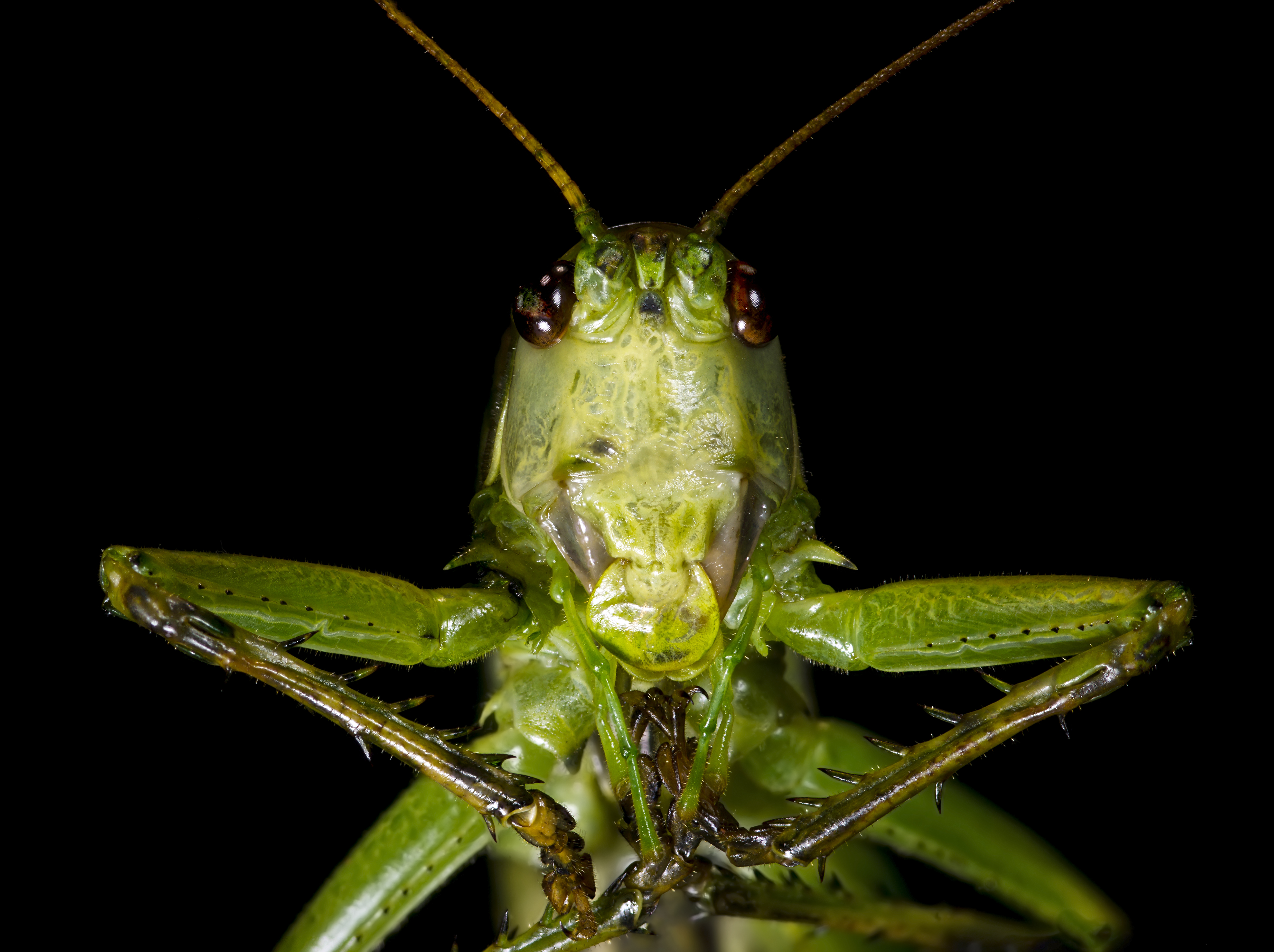|
Zabalius Apicalis
''Zabalius apicalis'' is a species of katydid Insects in the family Tettigoniidae are commonly called katydids (especially in North America), or bush crickets. They have previously been known as "long-horned grasshoppers". More than 8,000 species are known. Part of the suborder Ensifera, ..., native to Africa. The animal lays eggs in water with an incubation period of 18 days, Males moult six times and reach adulthood at about 55 days, and females moult seven times and reach adulthood at about 65 days Embryos take longer to develop the hotter they are and do not develop above 30.5 degrees Celsius (86.9 Fahrenheit) References Pseudophyllinae Orthoptera of Africa Insects described in 1886 Taxa named by Ignacio Bolívar {{tettigoniidae-stub ... [...More Info...] [...Related Items...] OR: [Wikipedia] [Google] [Baidu] |
Ignacio Bolívar
Ignacio Bolívar y Urrutia (9 November 1850, Madrid – 19 November 1944, Mexico City) was a Spanish naturalist and entomologist, and one of the founding fathers of Spanish entomology. He helped found the ''Real Sociedad Española de Historia Natural'' (Royal Spanish Natural History Society) in 1871, and was the author of several books and of over 1000 species. He also encouraged other naturalists to study entomology, José María de la Fuente being one example. In this field he wrote more than 300 books and monographs and described more than thousand new species and about 200 genera. After the Spanish Civil War he was exiled to Mexico when the nationalist government harshly repressed Republican militants and sympathisers. Here he was made ''Doctor honoris'' of the National Autonomous University of Mexico The National Autonomous University of Mexico ( es, Universidad Nacional Autónoma de México, UNAM) is a public research university in Mexico. It is consistently ... [...More Info...] [...Related Items...] OR: [Wikipedia] [Google] [Baidu] |
Tettigoniidae
Insects in the family Tettigoniidae are commonly called katydids (especially in North America), or bush crickets. They have previously been known as "long-horned grasshoppers". More than 8,000 species are known. Part of the suborder Ensifera, the Tettigoniidae are the only extant (living) family in the superfamily Tettigonioidea. They are primarily nocturnal in habit with strident mating calls. Many species exhibit mimicry and camouflage, commonly with shapes and colors similar to leaves. Etymology The family name Tettigoniidae is derived from the genus '' Tettigonia'', first described by Carl Linnaeus in 1758. In Latin ''tettigonia'' means a kind of small cicada, leafhopper; it is from the Greek τεττιγόνιον ''tettigonion'', the diminutive of the imitative ( onomatopoeic) τέττιξ, ''tettix'', cicada. All of these names such as ''tettix'' with repeated sounds are onomatopoeic, imitating the stridulation of these insects. The common name ''katydid'' is also on ... [...More Info...] [...Related Items...] OR: [Wikipedia] [Google] [Baidu] |
Pseudophyllinae
The subfamily Pseudophyllinae contains numerous species in the family Tettigoniidae, the katydids or bush crickets. Sometimes called "true katydids", together with the crickets of suborder Ensifera, they form part of the insect order Orthoptera which also contains grasshoppers. Members of the group are noted for their remarkable camouflage. They closely resemble dried leaves, including veins, various blotches and even bite marks. Systematics The Pseudophyllinae may be subdivided into the following tribes (the first 17 of which are sometimes grouped into the super-tribes: Pleminiiti and Pseudophylliti) and genera. (retrieved 25 December 2017) Some notable are also lis ... [...More Info...] [...Related Items...] OR: [Wikipedia] [Google] [Baidu] |
Orthoptera Of Africa
Orthoptera () is an order of insects that comprises the grasshoppers, locusts, and crickets, including closely related insects, such as the bush crickets or katydids and wētā. The order is subdivided into two suborders: Caelifera – grasshoppers, locusts, and close relatives; and Ensifera – crickets and close relatives. More than 20,000 species are distributed worldwide. The insects in the order have incomplete metamorphosis, and produce sound (known as a "stridulation") by rubbing their wings against each other or their legs, the wings or legs containing rows of corrugated bumps. The tympanum, or ear, is located in the front tibia in crickets, mole crickets, and bush crickets or katydids, and on the first abdominal segment in the grasshoppers and locusts. These organisms use vibrations to locate other individuals. Grasshoppers and other orthopterans are able to fold their wings (i.e. they are members of Neoptera). Etymology The name is derived from the Greek ὀρθ� ... [...More Info...] [...Related Items...] OR: [Wikipedia] [Google] [Baidu] |
Insects Described In 1886
Insects (from Latin ') are pancrustacean hexapod invertebrates of the class Insecta. They are the largest group within the arthropod phylum. Insects have a chitinous exoskeleton, a three-part body (head, thorax and abdomen), three pairs of jointed legs, compound eyes and one pair of antennae. Their blood is not totally contained in vessels; some circulates in an open cavity known as the haemocoel. Insects are the most diverse group of animals; they include more than a million described species and represent more than half of all known living organisms. The total number of extant species is estimated at between six and ten million; In: potentially over 90% of the animal life forms on Earth are insects. Insects may be found in nearly all environments, although only a small number of species reside in the oceans, which are dominated by another arthropod group, crustaceans, which recent research has indicated insects are nested within. Nearly all insects hatch from eggs. Insect ... [...More Info...] [...Related Items...] OR: [Wikipedia] [Google] [Baidu] |

_(7639102324).jpg)

